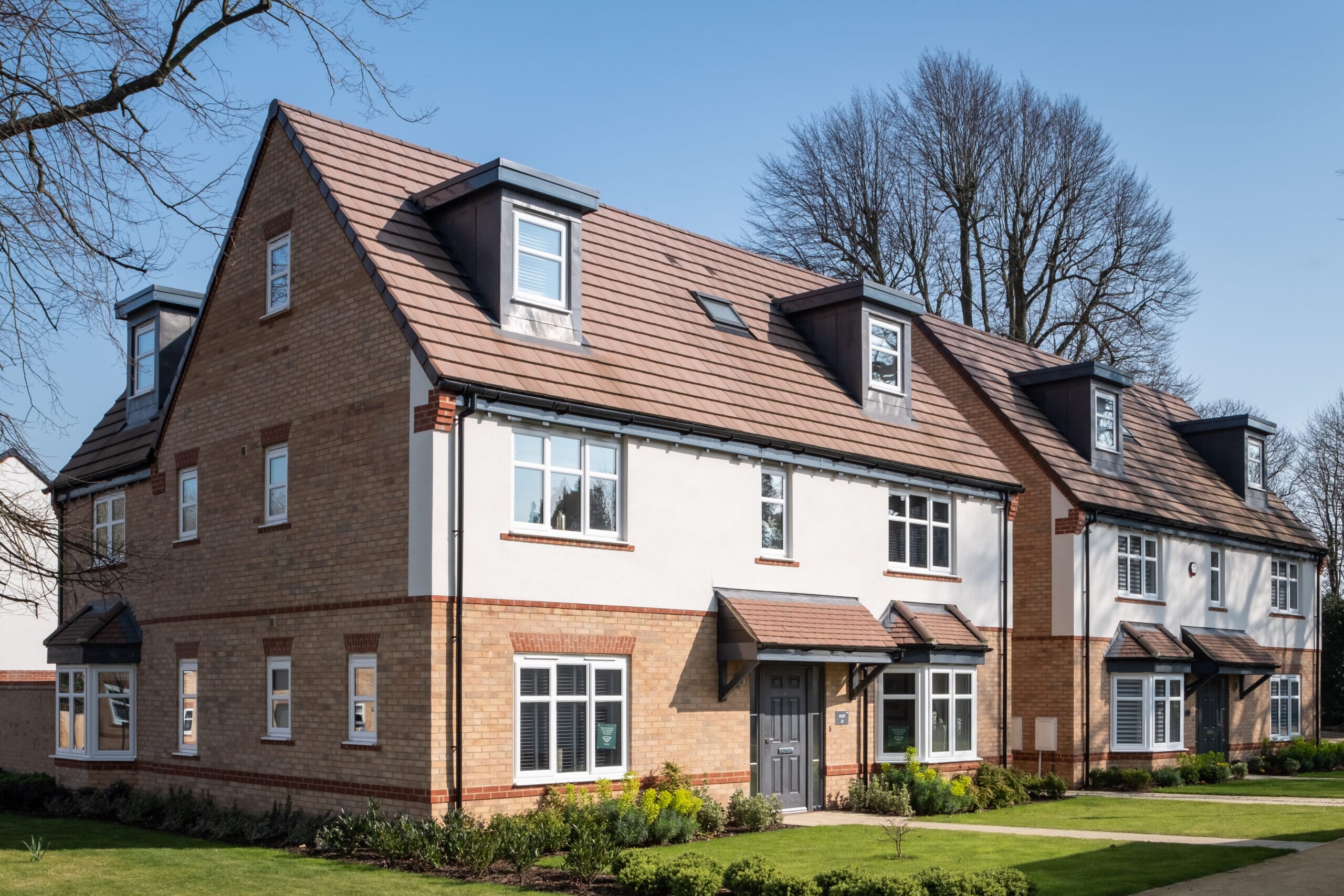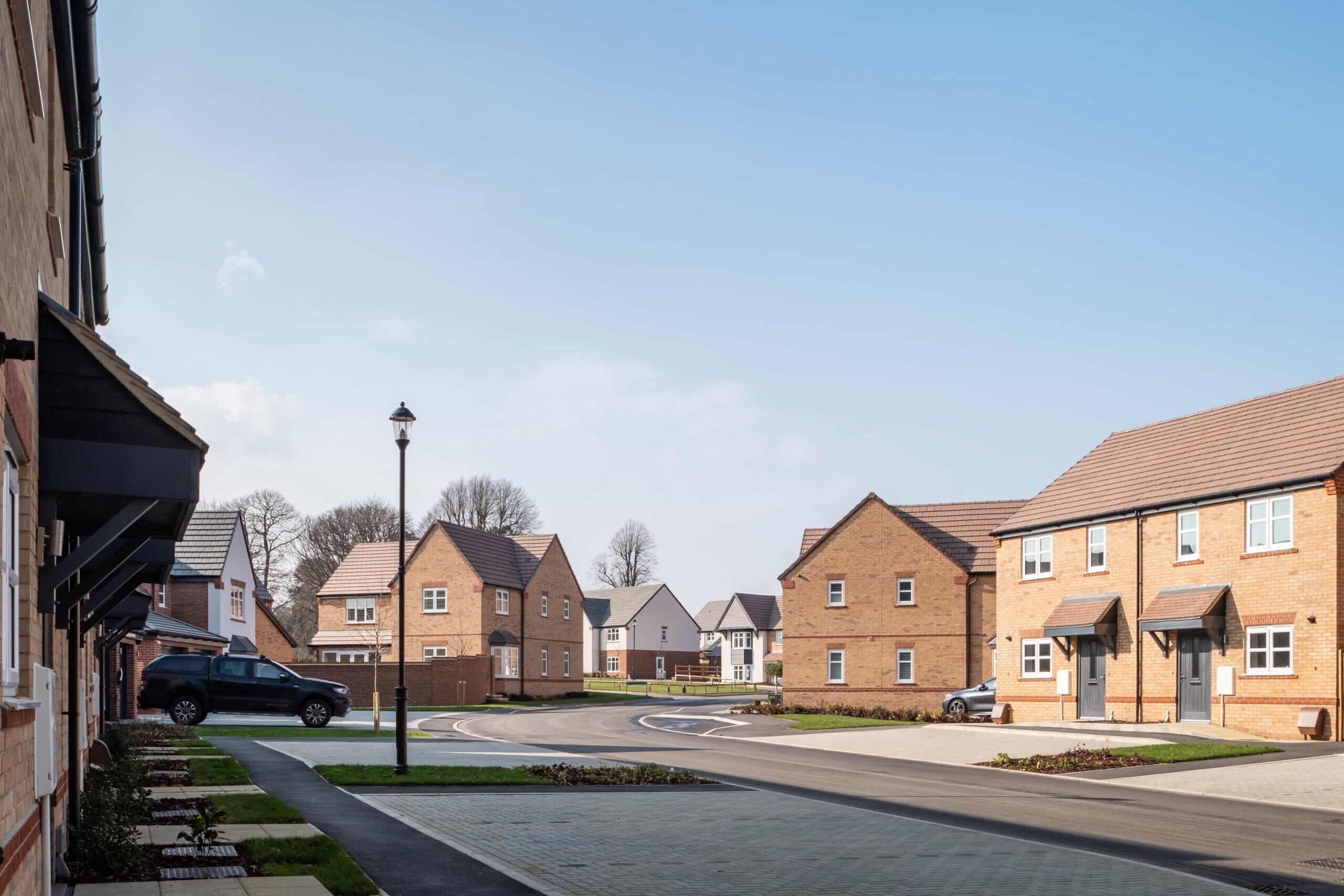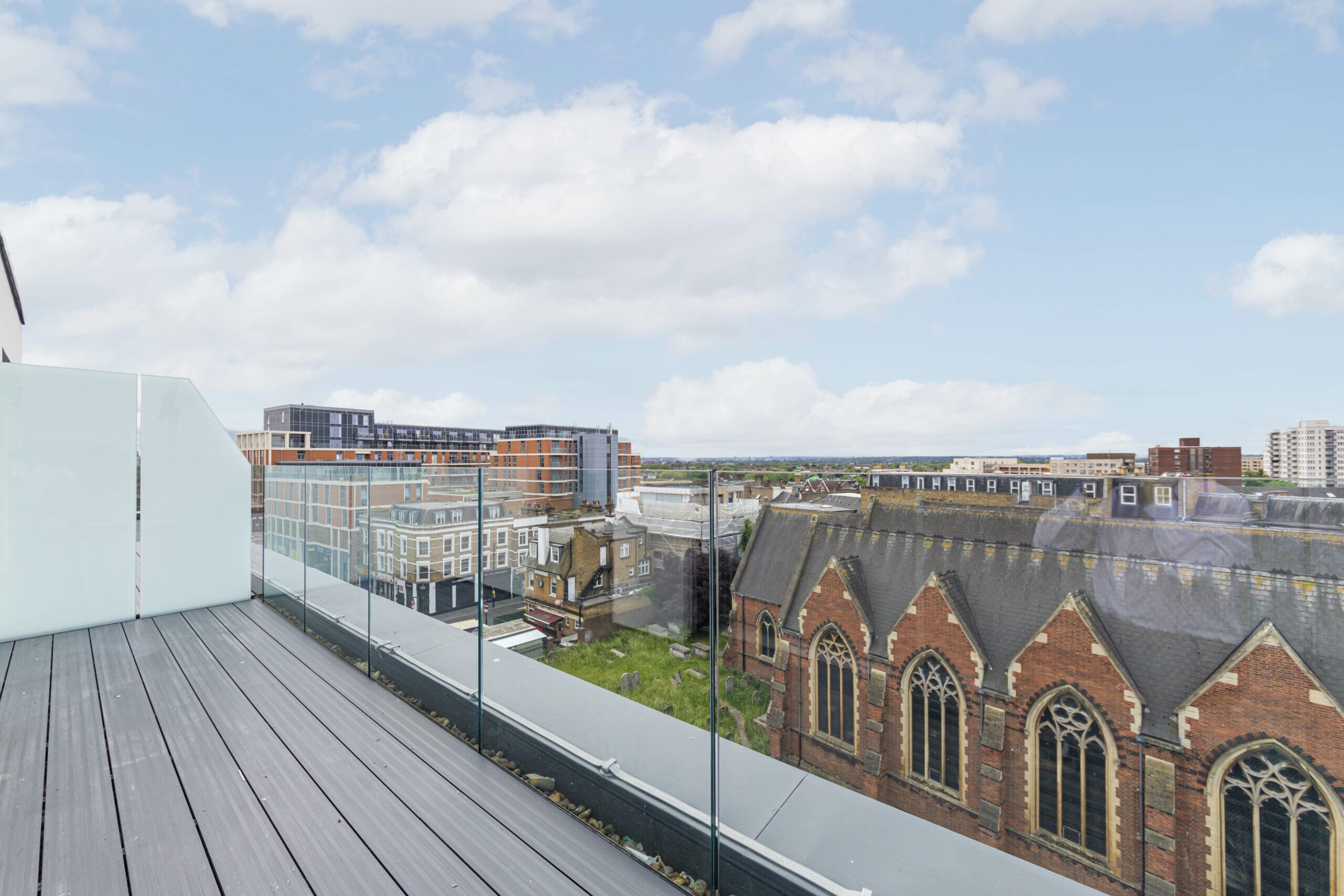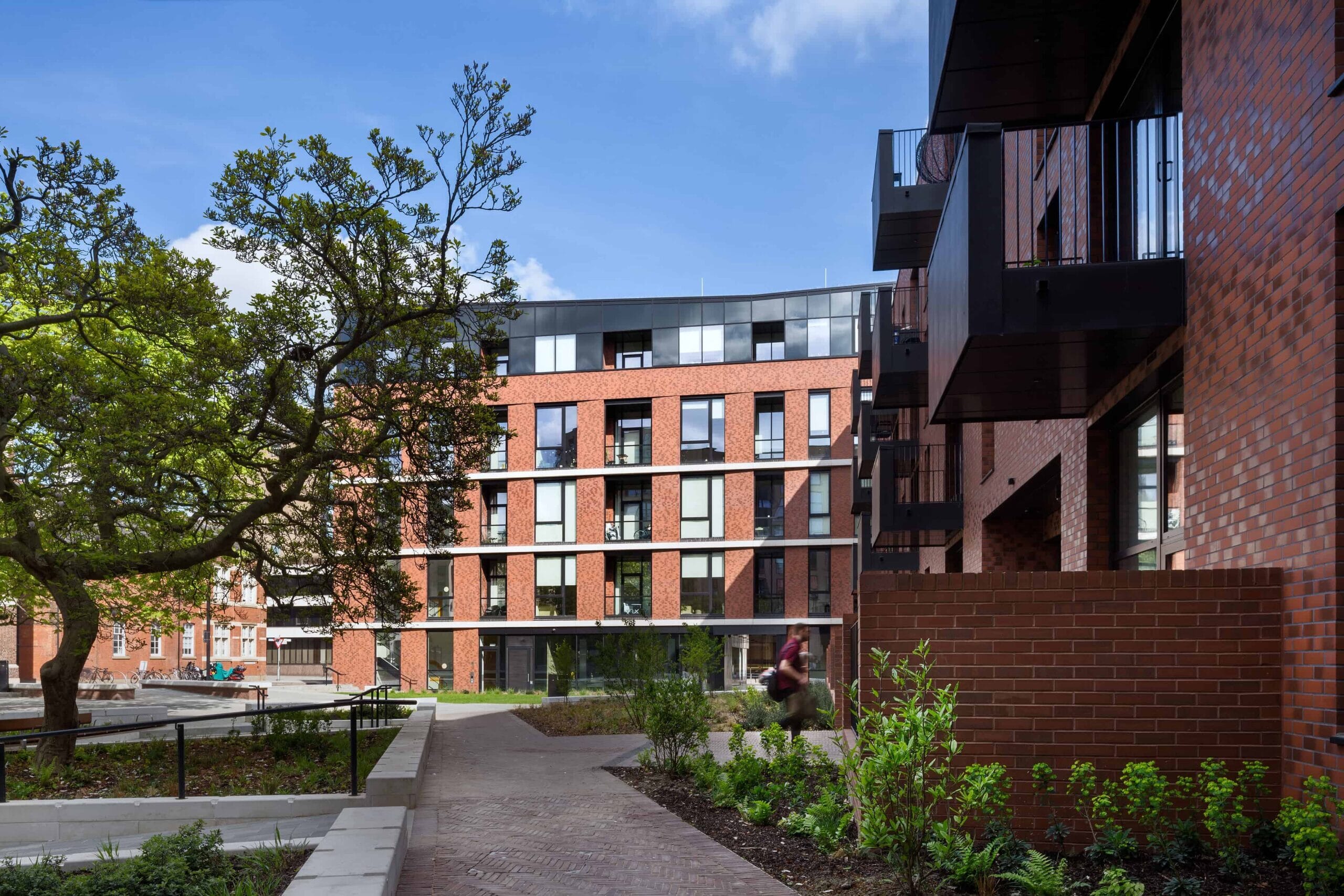ACOUSTIC TESTING
Demonstrate good acoustic design and fulfil compliance require
Acoustic testing ensures a new development meets acoustic performance targets ahead of completion.
New homes and some non-residential developments need to ensure sounds and noises do not negatively impact adjoining or surrounding environments, in line with Building Regulation requirements.
Our accredited acoustic consultants complete thorough sound, noise and vibration testing for new developments to evidence compliance ahead of completion.
Regulatory requirements for acoustic design
Approved Document E (AD-E) sets out how walls and floors between adjoining dwellings must be tested to ensure only acceptable levels of sounds and noise can travel between spaces.
The regulations apply to any adjoining new build dwellings or conversions in England and Wales, under the Building Regulations. Detached homes are exempt from these requirements.
Acoustic testing for education settings
For schools, the acoustic environment must be compliant with BB93 standards – creating a comfortable setting for pupils and staff.
Acoustic testing for non-residential developments
Developments like hotels or care homes also require specific acoustic measures, to manage noise and sounds around and between spaces.
Acoustic design for BREEAM credits
Results from design and testing can also contribute to BREEAM schemes for non-residential buildings. Assessing reverberation, indoor noise transmission, ambient noise and plant noise can support securing HEA05 and POL05 BREEAM credits.


How to evidence acoustic design compliance
- Robust Details – On standard property types, floors and walls can be designed in line with standard building practices, known as Robust Details, to automatically deliver compliance.
- Acoustic testing – Where new developments have a bespoke or non-typical design, testing is the route to compliance. This involves measuring and assessing noise transmissions against the standards of AD-E.
Our building performance specialists can advise on whether testing is required for your development.


What happens during acoustic testing?
An acoustic noise test assesses party walls and floors between dwellings. Assessments measure and determine the sound from both impact noise transmission, such as footsteps on flooring, and air borne noise transmission, such as conversation or music playing.
Are certain conditions required ahead of testing?
Testing must be completed during a quiet period, and access will be required for all spaces associated to test plots, including plots which will both transmit and receive sounds or noises.
We recommend undertaking testing before flooring finishes are fitted, to ensure accurate assessment of sound through floorboards.


Arrange your acoustic testing today.
Speak to our consultants for design advice and timely testing.

Delivered coordinated energy and overheating strategy
Location
Ealing
Client
St George
Our acoustic testing services
Our acoustic testing service is delivered by experienced, trusted sub-consultants, all accredited with the Association of Noise Consultants (ANC). All testing is scheduled and completed according to each site’s programme requirements, to support a seamless completion process.
We will:
-
- Attend – Visiting site to complete testing.
- Test – Testing and assessing acoustics and sound levels, according to AD-E requirements.
- Recommend – Offering guidance and advice on where improvements can be made, where required for compliance. Retesting plots following remediations, where necessary.
- Report – Producing a compliance report to discharge conditions from building control.

